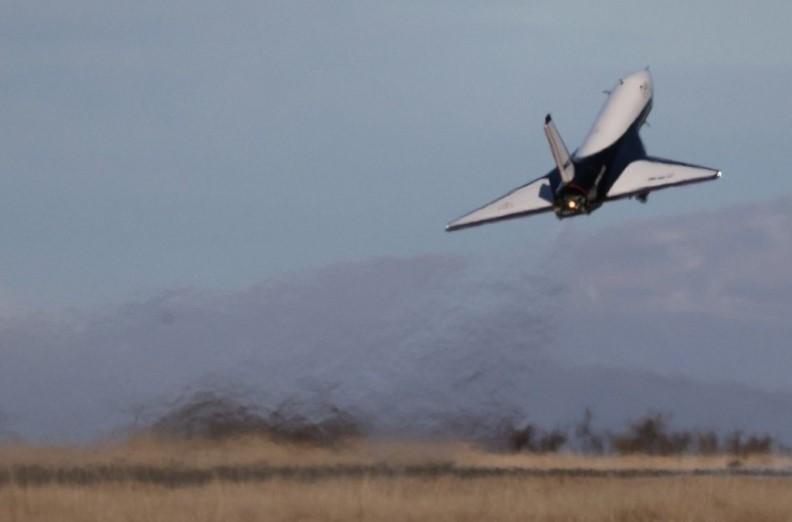
The Aurora certified as an aircraft so it can use a conventional runway.
Credit: Dawn Aerospace
Dawn Aerospace has flown its Mk. 2 Aurora rocket-powered suborbital demonstrator aircraft twice within 8 hr. The vehicle took off from Glentanner Aerodrome on the South Island of New Zealand. On both flights the aircraft reached speeds of Mach 0.9 and an altitude of 63,000 ft., the company said Oct...
Subscription Required
Twice Within 8 hr., Dawn Aerospace Flies Rocket-Powered Aircraft is published in Aerospace Daily & Defense Report, an Aviation Week Intelligence Network (AWIN) Market Briefing and is included with your AWIN membership.
Already a member of AWIN or subscribe to Aerospace Daily & Defense Report through your company? Login with your existing email and password.
Not a member? Learn how you can access the market intelligence and data you need to stay abreast of what's happening in the aerospace and defense community.





